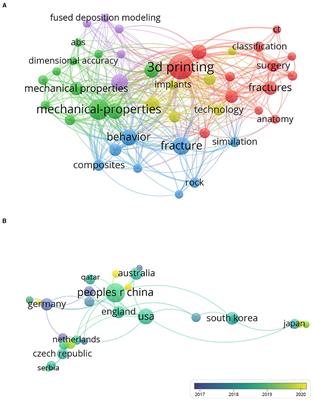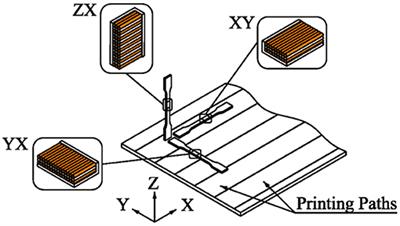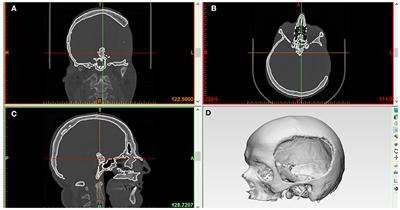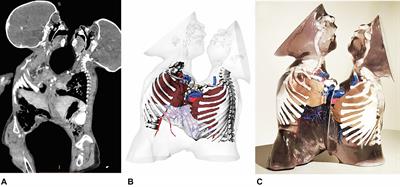ORIGINAL RESEARCH
Published on 24 Dec 2021
3D Printing Improve the Effectiveness of Fracture Teaching and Medical Learning: A Comprehensive Scientometric Assessment and Future Perspectives

doi 10.3389/fphys.2021.726591
- 3,513 views
- 7 citations
5,232
Total downloads
30k
Total views and downloads
Select the journal/section where you want your idea to be submitted:
ORIGINAL RESEARCH
Published on 24 Dec 2021

ORIGINAL RESEARCH
Published on 29 Apr 2021

ORIGINAL RESEARCH
Published on 27 Apr 2021

ORIGINAL RESEARCH
Published on 09 Apr 2021

BRIEF RESEARCH REPORT
Published on 13 Nov 2020


Frontiers in Physiology